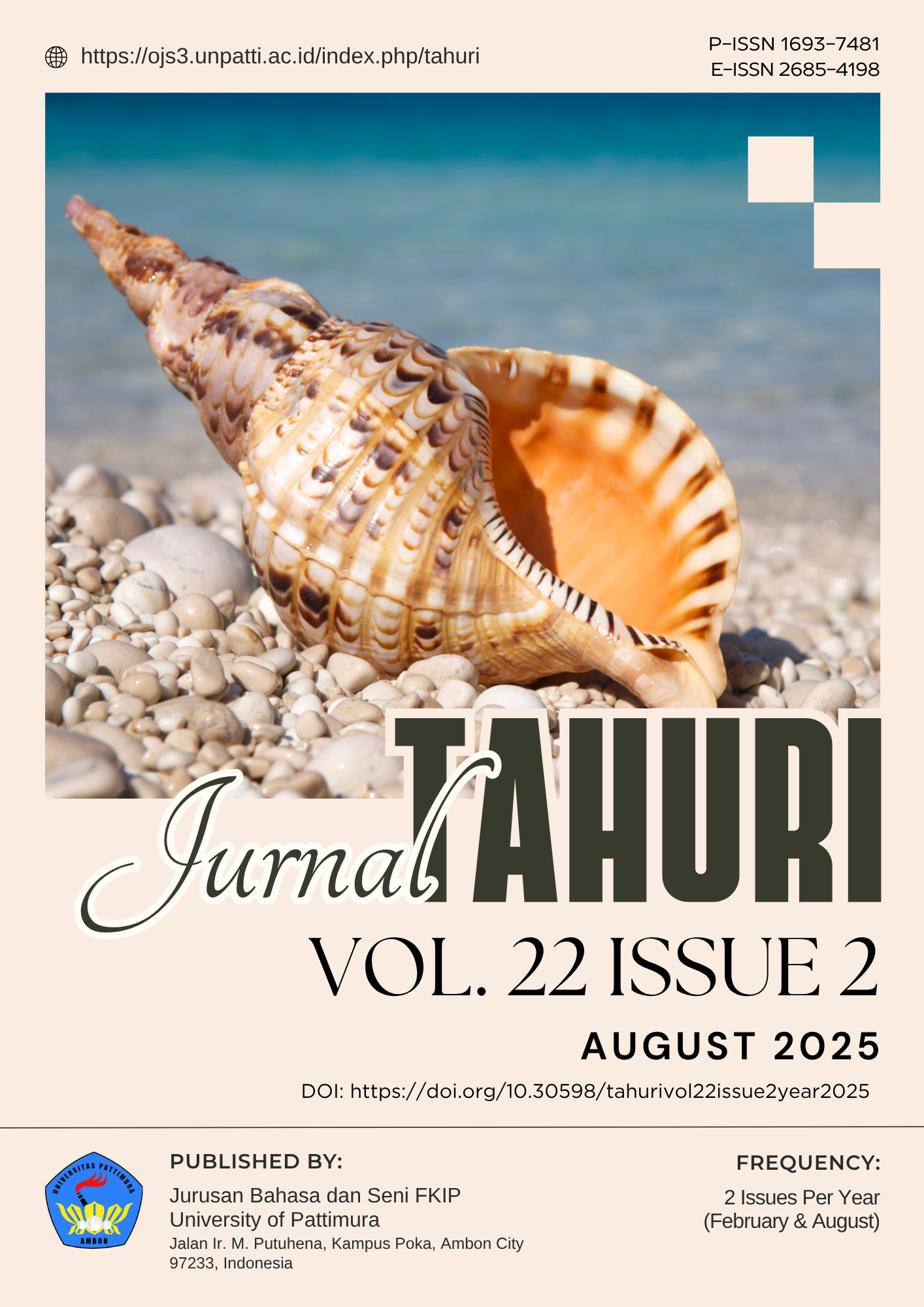Mobile-Assisted Vocabulary Learning through Duolingo: Insights from Indonesian University Students across Disciplines
Abstract
This study investigates how students from different academic disciplines experience vocabulary learning through Duolingo, a mobile-assisted language learning (MALL) application. Unlike previous research that predominantly focuses on quantitative outcomes, this study foregrounds individual learning experiences and disciplinary variations among Indonesian university students, a context rarely explored in international scholarship. Using a qualitative multiple case study design, data were collected from ten students at Universitas Muhammadiyah Jakarta across five disciplines: Automotive and Heavy Equipment Engineering, Social Welfare, Communication, Primary School Teacher Education, and two postgraduate programs (Hospital Administration and Educational Technology). Data sources included four-week usage observations, activity logs, in-depth interviews, and reflective journals, analyzed thematically and comparatively across cases. Findings indicate that disciplinary background shapes engagement patterns and learning strategies. Engineering students display instrumental and goal-oriented behaviors, social science students engage interactively with gamified features, teacher education students integrate pedagogical perspectives, and postgraduate learners employ metacognitive strategies. Shared challenges include sustaining motivation, contextual limitations of vocabulary, and technical constraints. Overall, Duolingo enhances learner autonomy and provides flexible, personalized support that complements formal instruction. This study contributes to applied linguistics and educational technology by highlighting the role of disciplinary contexts in shaping MALL experiences and offering insights for curriculum design and language policy.
Downloads
Copyright (c) 2025 Rina Puspitasari, Muhammad Reza Ramadhan, Ahmad Fadli, Siti Nurhaliza

This work is licensed under a Creative Commons Attribution 4.0 International License.




